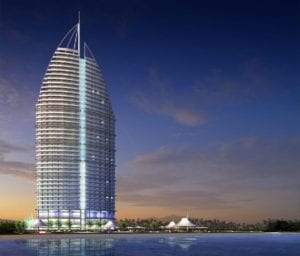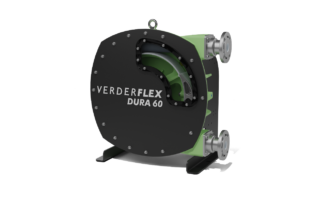Those working in to develop infrastructure will be happy to learn that a leading global provider of comprehensive software solutions for advancing infrastructure, recently announced general access to its new ContextCapture offering.
This offering is Bentley’s first product release of the Acute3D software technology it acquired earlier this year. The software is ideally suited for any organisation that could apply 3D models of real-world context to benefit infrastructure design, construction, or operations. With this software, users can easily produce high resolution 3D models of existing conditions using photos taken with any digital camera. The software generates a detailed reality mesh incorporating the referenced photography. This results in a navigable 3D model with fine and photorealistic detail, sharp edges, and precise geometric accuracy. These highly detailed models can be of virtually any size or resolution, up to city scale, and created much more quickly than with other technologies.Bentley also announced General Access to ContextCapture Centre for “grid computing” power to dramatically expedite processing time for very large models (typically involving more than 30 gigapixels of imagery).
Pascal Martinez, Bentley Systems director of business development, says ContextCapture offers a new and versatile way of capturing reality to serve as context for design, monitoring, inspection, and surveying processes, complementing Bentley Poointools and Bentley Descartes. “With ContextCapture, we’re able to automatically construct highly detailed 3D models of virtually any size for our clients, faster and at much less cost than with traditional methods,” says David Byrne, technical director, AEROmetrex. “But what’s most powerful is the amazing context that it provides to facilitate better decisions throughout design, construction, and operations. The system allows you to create a fully photo-textured, geographically located 3D model, all derived directly from digital photography. And, once the models have been built, they can be quickly and easily viewed on any desktop or mobile device. We think it is going to revolutionise the geospatial industry.”







